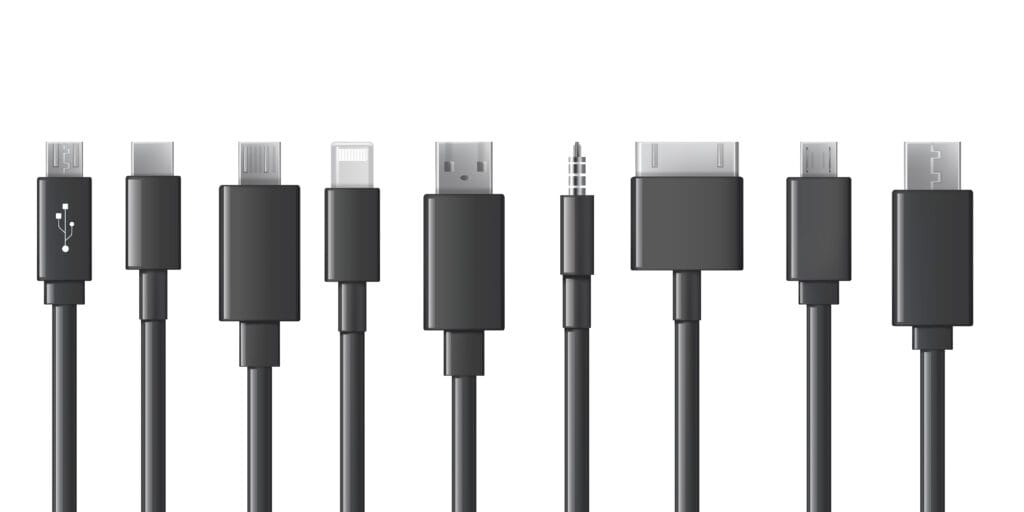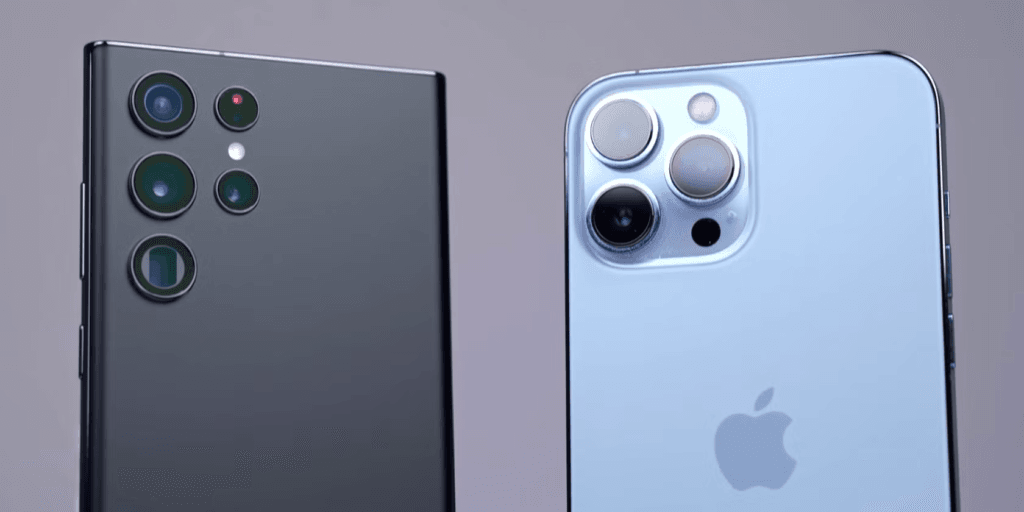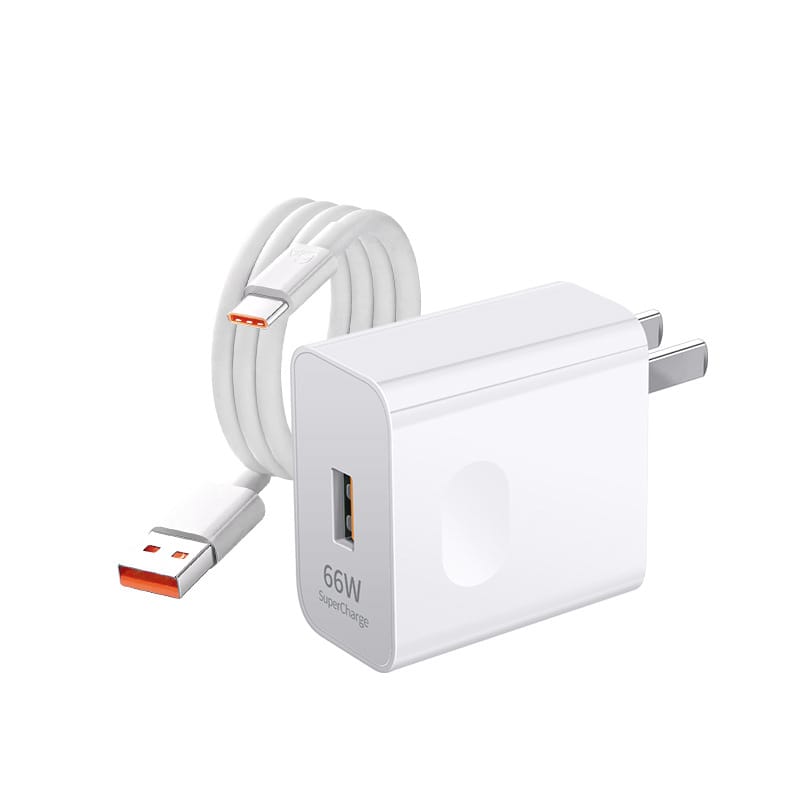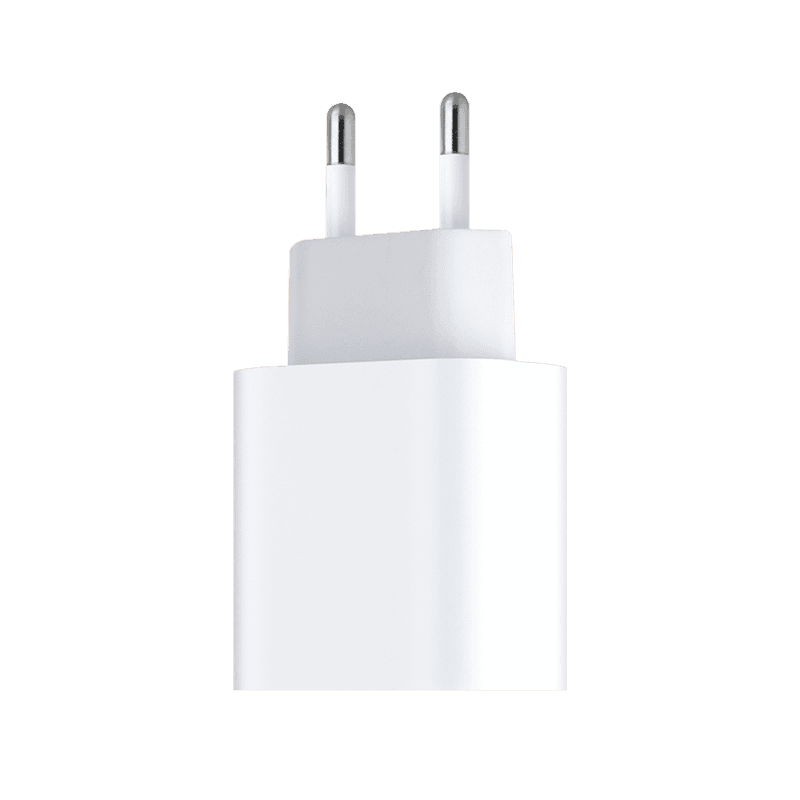As technology advances and the need for device interconnection increases, USB-C power adapters are quickly becoming a standard accessory for technology products around the world. It not only changes the way we charge various devices, but also greatly improves charging efficiency and improves compatibility between devices.

Technical characteristics of USB-C
USB-C (Universal Serial Bus Type-C) is a new interface standard with the following significant technical advantages:
Bidirectional transmission: The USB-C interface not only supports data transmission, but also efficient power transmission. It can support both supplying power to and absorbing power from the device, enabling bidirectional power transmission and avoiding the one-way limitations common in traditional interfaces.
Higher charging power: USB-C supports charging power of up to 100 watts, which means it is not only suitable for small devices such as smartphones and tablets, but also can charge devices with higher power requirements such as laptops and monitors.
Smaller design: The USB-C interface is more compact than the traditional USB-A and USB-B interfaces, which allows it to occupy less space in modern electronic products and adapt to thinner designs.
Reverse plug-in and pull-out function: The USB-C interface supports forward and reverse plug-in and pull-out. Users no longer need to worry about plugging in reverse, which improves the user experience.
Wider compatibility: USB-C has been adopted by many mainstream devices (such as Apple, Samsung, Google, Microsoft and other brands), gradually replacing the traditional USB interface and providing wider device compatibility.

Application prospects of USB-C in power adapters
With the maturity and popularity of USB-C technology, its application prospects in power adapters have become more and more extensive, mainly reflected in the following aspects:
Unified interface standard: USB-C power adapters will help reduce the variety of chargers, eliminating the need for users to purchase different types of adapters for each device. Through the USB-C interface, users can use the same adapter for charging, whether it is smartphones, laptops, headphones, or even power tools, simplifying use and portability.
Fast charging technology: USB-C supports multiple fast charging protocols, such as Power Delivery (PD), Quick Charge, AFC, etc., which greatly improves the charging speed of devices. Especially in the field of mobile phones and laptops, the popularity of USB-C power adapters makes it possible to charge devices in a short time, improving user efficiency.
Environmental benefits: Due to the compatibility of the USB-C interface, users can charge multiple devices through a single charger, thus reducing the generation of electronic waste and in line with the trend of environmental protection and sustainable development.
Charger sharing: The popularity of USB-C also means charger sharing across brands. For example, a power adapter that supports USB-C can charge devices from Apple, Samsung and other brands at the same time, further breaking down the technical barriers between various manufacturers and improving the interconnectivity between devices.
Comparison with traditional USB adapter
USB-C power adapters offer significant advantages over traditional USB-A or USB-B adapters in several ways:
Charging speed: The traditional USB-A interface can only provide up to 5V voltage and 2.5A current (about 12.5 watts of power), while USB-C can support up to 20V voltage, 5A current, and even higher power transmission (such as 100 watts) ), greatly improving the charging speed.
Compatibility: Traditional USB interfaces are usually only compatible with certain devices (for example, adapters for USB-A interfaces only work with USB-A-enabled devices). USB-C provides a unified charging interface that supports a wide range of device types and avoids the problem of requiring multiple adapters.
Adaptability: USB-C supports more flexible power management protocols, such as Power Delivery, which can intelligently adjust output power according to the needs of different devices. This makes the USB-C power adapter not only suitable for small devices, but also provides the ability to charge high-power devices.
Convenience: The traditional USB-A interface requires correct docking when plugging and unplugging, while USB-C supports forward and reverse plugging and unplugging, avoiding inconvenience caused by the wrong plug direction.


Summary: USB-C is the charging standard of the future
With the diversification of smart devices and technological advancement, the advantages of USB-C power adapters have become more and more obvious, and they are gradually replacing the traditional USB interface and becoming the mainstream charging standard in the world. It not only improves charging speed and device compatibility, but also brings users a more convenient and efficient charging experience. With the further popularity of the USB-C interface, it is expected that more devices will adopt USB-C as the only power interface in the next few years, providing consumers around the world with a more unified and smarter charging solution.

